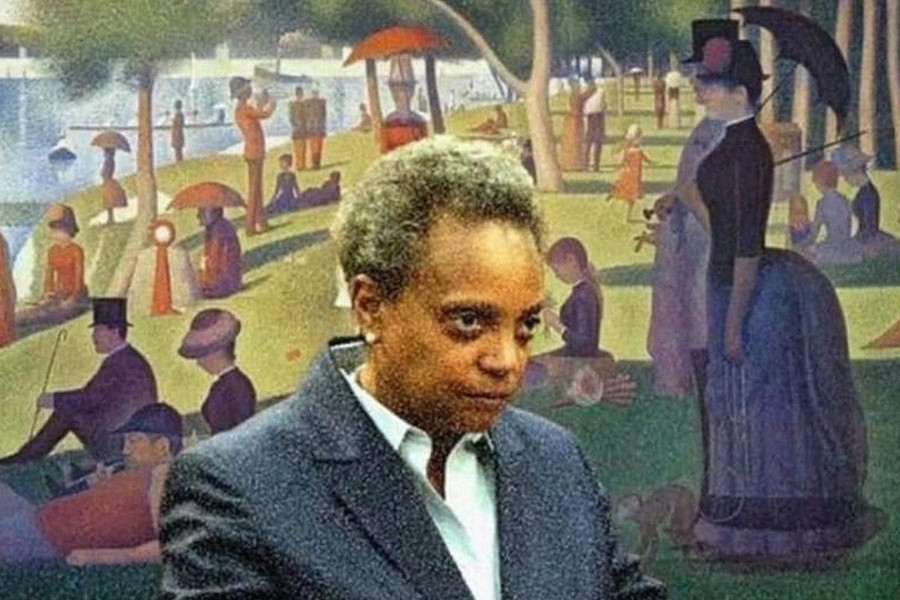
Not Your Crisis Daddy
May 6, 2020During the early 2020 presidential election campaigns, memes were a popular way to engage with political candidates. People Photoshopped Animal Crossing characters into presidential debates, ran with the “I am once again asking for…” quote from Bernie Sanders’s December 2019 fundraising video, and revived fake campaign posters from 2016. Tracing the origins of memes is an imprecise project. But if you came of internet age at the same unfortunate time for memes as me, popular memes included the Trololo Guy and rage comic characters like Trollface, as well as that god-awful “You Don’t Say” face based on Nicolas Cage. But recent years have found memes evolving from somewhat harmless entertainment embedded in digital subcultures to instruments of political commentary and power themselves.
Much of the power of memes lies in their potential for virality, which makes them an effective form of political communication in a media-choked landscape. Memes can spread quickly and with less effort than more traditional campaign advertising, especially for users whose media consumption is largely online: You might opt to skip out of presidential ads on YouTube, for instance—I know I do—but you probably take the time to look at the memes that come across your social-media timelines. In October 2019, Joan Donovan, director of the Technology and Social Change Research Project at Harvard, wrote in the MIT Technology Review about the danger of dismissing extremist political memes as jokes, noting that “Meme wars are a consistent feature of our politics, and they’re not just being used by internet trolls or some bored kids in the basement, but by governments, political candidates, and activists across the globe.”